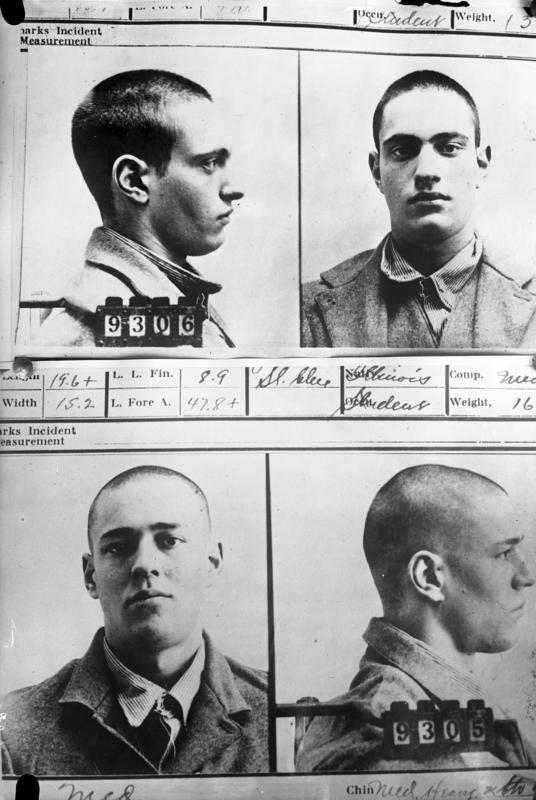Sunday, March 20, 2011
The View from Copper Mountain
Above: a clear day for dog training and suntanning atop Colorado's Copper Mountain, where the T-Rex Grill offers lunch at 10,500 feet.
Friday, March 04, 2011
Exposure Time

Sulayman rises from an old city on the Silk Road and an arid expanse of farmland, and looks something like Horsetooth. Still, its five hills are made of quartz and lime, not sandstone, and I feel conspicuous in my shorts and trainers. This a place of pilgrimage, where colored prayers dangle from bushes and women in veils slide down a certain rock said to impart fertility.RBM's last dispatch from Osh can be found elsewhere on this blog and over at NPR.org.
Get on with it. What’s a foreigner doing in a cemetery?
The sun has nearly set but I want to find a running trail I can trust -- and get a look at the summit. I don’t know how to get there, but the path that snakes around some military barracks, on the west side, seems less taken. I work myself higher and higher along switchbacks, feeling my heartbeat climb into familiar territory. Burs rake at my legs as I lose the path, but the exertion is exquisite (and hard to find on the campus where I teach). I pass boulders covered in Kyrgyz and Russian graffiti, some with blue numerals that signal older markings -- hunters and the hunted, most predating the Qur'an. Finally, the path enters a draw and shoots straight up, toward a plateau where the sky seems brightest.
Thursday, March 03, 2011
An Interview with Peggy Shinner
 | |
| Top row: Nathan Leopold, ca. 1924 (via Wikipedia) |
RM: “The letter was an artifact,” you tell us, “like her wallet, wristwatch, key chain, social security card, also put away in a drawer -- a memento of my mother.” What compelled you, 29 years after her death, to examine it anew?For the rest of the interview, an excerpt from Shinner's essay, and RBM's earlier posts, visit the CLP Editor's Blog.
PS: I’ve had this letter for a long time, and from the very beginning was intrigued, puzzled, and moved by it. I’ve attached a certain amount of longing to it, my own longing. What did it mean? Who was the woman on the receiving end? The questions, the same questions, don’t stop coming. I tried writing about it before, but to no avail. I had nothing to push against the letter, no context or resistance or countervailing force. It wasn’t until I started searching for her letter, and immersed myself in the other letters, that something began to shift, that I could sense a gathering of momentum within myself, and simultaneously that I could go beyond myself, in fact needed to go beyond myself, to investigate the place or places where this personal history intersected the history of the larger world, which was very important for this essay. That’s the boundary I find interesting -- where personal concerns nudge or collide against the larger polis.
Subscribe to:
Posts (Atom)







